Cost of living is rising, how do you act wisely?

Kira Zabe
March 19, 2022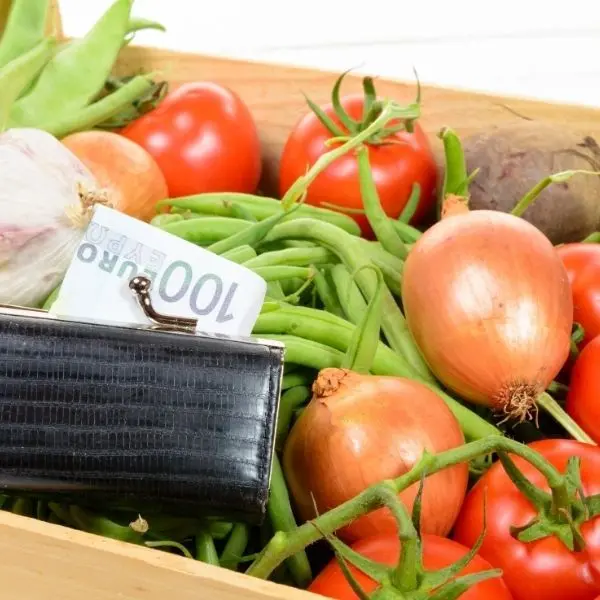
First, the pandemic temporarily caused food shortages and delivery difficulties, as well as increased prices. We are deeply shaken and affected by the current devastating situation. We want to use this blog to support you in compensating for the resulting impacts as best as possible. We do not want to downplay the seriousness of the situation nor turn a blind eye to it.
Energy, food, and fuel costs - all sectors affect each of us
It seems to us that one cannot react as quickly as changing prices affect us. This certainly raises the question for everyone: What can I do to manage my money? We have listed here the thoughts we have had on this and what we apply for ourselves.
Money literally evaporates in the tank when refueling
Spritkosten:
Die Spritpreise nehmen schwindelerregende Höhen an. So hat mich der Spitzenpreis von über 2,50€ für Diesel fast vom Glauben abgebracht. Meiner Oma konnte ich ihre Erzählungen von damals kaum glauben. Wie sie mir erzählte, dass im Winter 1973 Pferde vor die Autos gespannt wurden, weil sich den Sprit niemand leisten konnte. Liebe Oma, jetzt kann ich nachempfinden, wie es damals war. Zudem habe ich das Problem, kein Pferd zu besitzen, was ich mir vors Auto spannen kann. Trotzdem möchte ich gegen den Wahnsinn etwas tun. Daher wäre die erste Überlegung, muss ich wirklich das Auto nehmen oder kann ich auch umsteigen und meine Wege zu Fuß, evtl. mit dem Bollerwagen, mit dem Fahrrad oder den öffentlichen Verkehrsmitteln erledigen? Sind diese Vorschläge leider für dich nicht anwendbar, wäre eine Überlegung, Carsharing zu nutzen. Ein interessantes Portal haben wir dir hier verlinkt. Mitfahrgelegenheiten zu buchen oder eine Mitfahrgelegenheit anzubieten ist auch eine gute Möglichkeit. So kannst du deine Kosten minimieren und schonst ebenfalls die Umwelt. Wir haben dir hier dazu eine Vergleichsseite verlinkt.
Oil crisis in the 70s (Source: DER SPIEGEL)
Lebensmittel:
Viele Supermärkte und Discounter bieten wochenweise Angebote an. Diese Angebote kannst du gut nutzen und so Lebensmittel, die sich gut bevorraten lassen, auf Vorrat kaufen. So kannst du die Häufigkeit deiner Einkäufe reduzieren und sparst auch wieder an der Tankstelle. Kaufst du deine Lebensmittel in mehreren voneinander entfernten Supermärkten, ist es jetzt eine gute Idee, dich auf einen Laden oder ein Center mit mehreren Läden festzulegen.
Landen überwiegend Markenprodukte in deinem Einkaufswagen? Dann ist jetzt die Zeit, um auf Alternativen der Eigenmarken umzusteigen. Bei den Produkten ist selten ein Unterschied festzustellen. Der erhöhte Preis der Markenprodukte ergibt sich durch aufwendige Verpackung und teure Werbemaßnahmen und nicht durch eine bessere Qualität. Die Discounter ordern ein größeres Kontingent bei den Produzenten und lassen es in der eigenen Label-Verpackung abfüllen. Hier haben wir dir verlinkt, in welchen Eigenmarken sich Markenprodukte befinden.
Einkaufsgemeinschaft:
Wie wäre es, wenn ihr euch im Haus oder in der Straße zusammenschließt und eine Einkaufsgemeinschaft bildet? So geht vielleicht wochenweise ein Haushalt für mehrere Haushalte einkaufen. Das spart nicht nur Geld, sondern auch Zeit. Hierfür kann die Speisekammer App gut genutzt werden, indem du eine Gemeinschaft anlegst und dann Mitglieder dazu einlädst. Für jedes Haus oder Wohnung, die an der Einkaufsgemeinschaft teilnehmen, wird ein Lagerort angelegt. In diesen Lagerort werden nun die Lebensmittel reingelegt, die auf der Einkaufsliste stehen. Jedes Mitglied kann weitere Produkte hinzufügen. Jetzt muss nur noch abgestimmt werden, wer den Einkauf übernimmt. Nach dem Einkaufen können die gekauften Lebensmittel anhand der Lagerorte in Tüten oder Boxen vorsortiert und den jeweiligen Haushalten gebracht werden. Daher sollten die Mitglieder nur Produkte in den Lagerort legen, dem sie auch angehören. Das nachfolgende Bild zeigt dir, wie dies in der Umsetzung aussehen kann.
Rabatte nutzen:
Es gibt Bonussysteme oder Märkte, die von Zeit zu Zeit Rabattgutscheine vergeben. Vielleicht ist gerade wieder diese Zeit bei dir in der Nähe. Kaufe so in diesem Laden alles was du brauchst und spare zusätzlich pro Produkt.
Wo gibt es was?
Aktuell ist fast alles noch verfügbar und wir müssen nicht bangen, wie damals um das Toilettenpapier. Aber vielleicht leeren sich doch bald wieder die Regale und du kannst das Wissen aus dem Verwandten-, Bekanntenkreis oder der Nachbarschaft für dich nutzen. Welches Produkt brauchst du und in welchem Laden wurde es ausreichend verfügbar gesehen? So kann unnötiges Herumfahren reduziert werden und die Tankfüllung wird geschont.
Tauschen statt kaufen:
Hast du dich zu Beginn der Pandemie mit einigen Produkten zu gut eingedeckt und kannst diese bis zum empfohlenen Mindesthaltbarkeitsdatum (MHD) nicht aufbrauchen oder fürchtest sie könnten bald verderben? Dann nutze die Gelegenheit und beginne zu tauschen. Vielleicht hat der Nachbar Mehl über und benötigt Backpulver, was du zu genüge hast. So reduziert sich dein Vorrat, ohne etwas wegwerfen zu müssen. Du sparst wieder Geld, weil du das benötigte Produkt gerade nicht kaufen musst. Klar kannst du ganz oldschool mit Zettel und Stift durch die Straße laufen. So könntest du aufschreiben, wer was hat oder wer was braucht. Oder du nimmst die Speisekammer App dazu. Lege hierfür einfach eine Gemeinschaft an, die du nach eurem Straßennamen benennst. Jedes Haus, das mitmacht, wird als Lagerort angelegt, die Tauschprodukte mit Anzahl und MHD hinzugefügt und einfach zwischen den Lagerorten verschoben. Wie du einzelne Mitglieder in eine Gemeinschaft einlädst, erfährst du in diesem Blogbeitrag.
Lebensmittel nicht verfügbar und jetzt?
Sollte doch der Fall eintreten und durch Lieferverzögerungen ist etwas aus, brauchst du nicht verzagen. Wir haben dir hier sechs Lebensmittel aufgeführt, die sich ganz leicht austauschen lassen.
Diese Tipps klappen gut, ohne groß experimentieren zu müssen:
- Eier: 1 Ei durch 70 gr. Apfelmus ersetzen
- Brot: durch Mais- oder Reiswaffeln ersetzen
(hält sich bis zu 12 Monate im Vergleich zu Brot) - Senf: kann durch Meerrettich (etwas Honig für die Süße) ersetzt werden
- Speiseöl: durch Butter ersetzen
- Aufs Brot: Wurst oder Käse lassen sich durch Aufstriche gut austauschen. (Diese lassen sich auch sehr gut auf Vorrat lagern)
- Milch: durch Pflanzenmilch ersetzten
(offen halten diese auch ungekühlt ein paar Tage im Gegensatz zur Milch)
War der ein oder andere Tipp dabei, den du gleich umsetzen kannst?
Das freut uns, viel Spaß dabei!
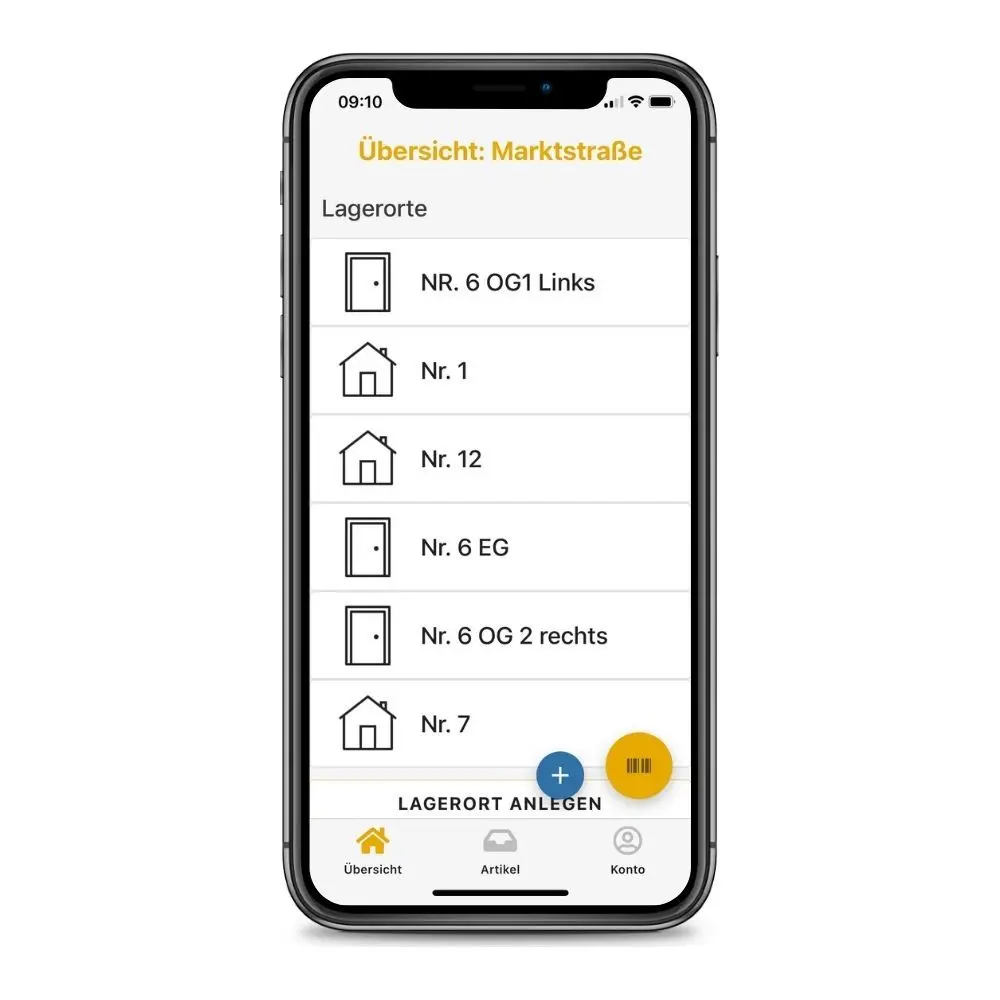
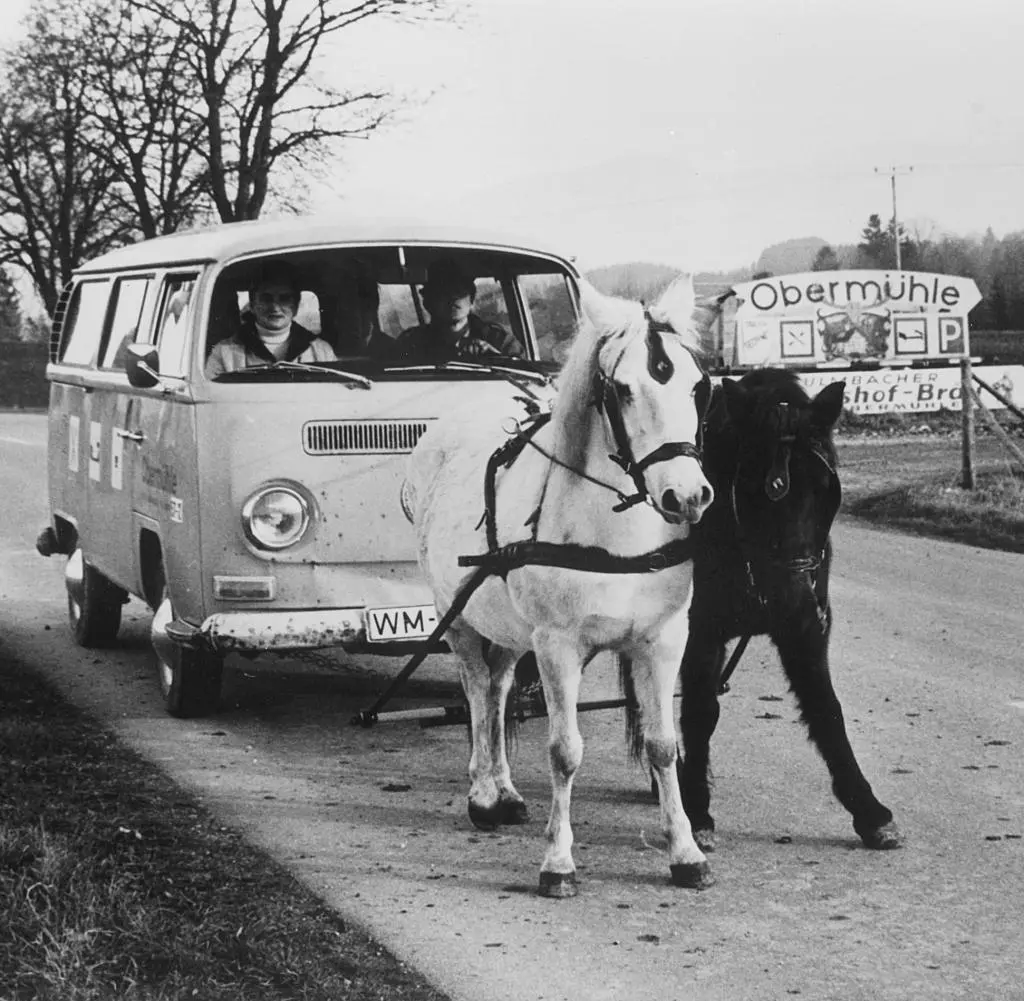
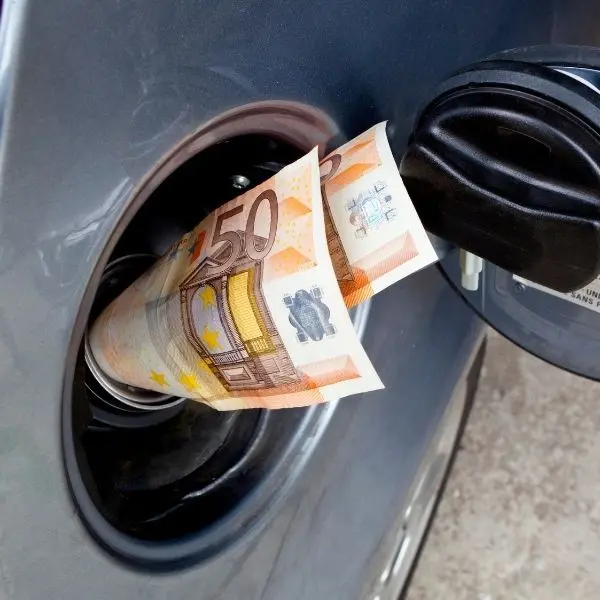
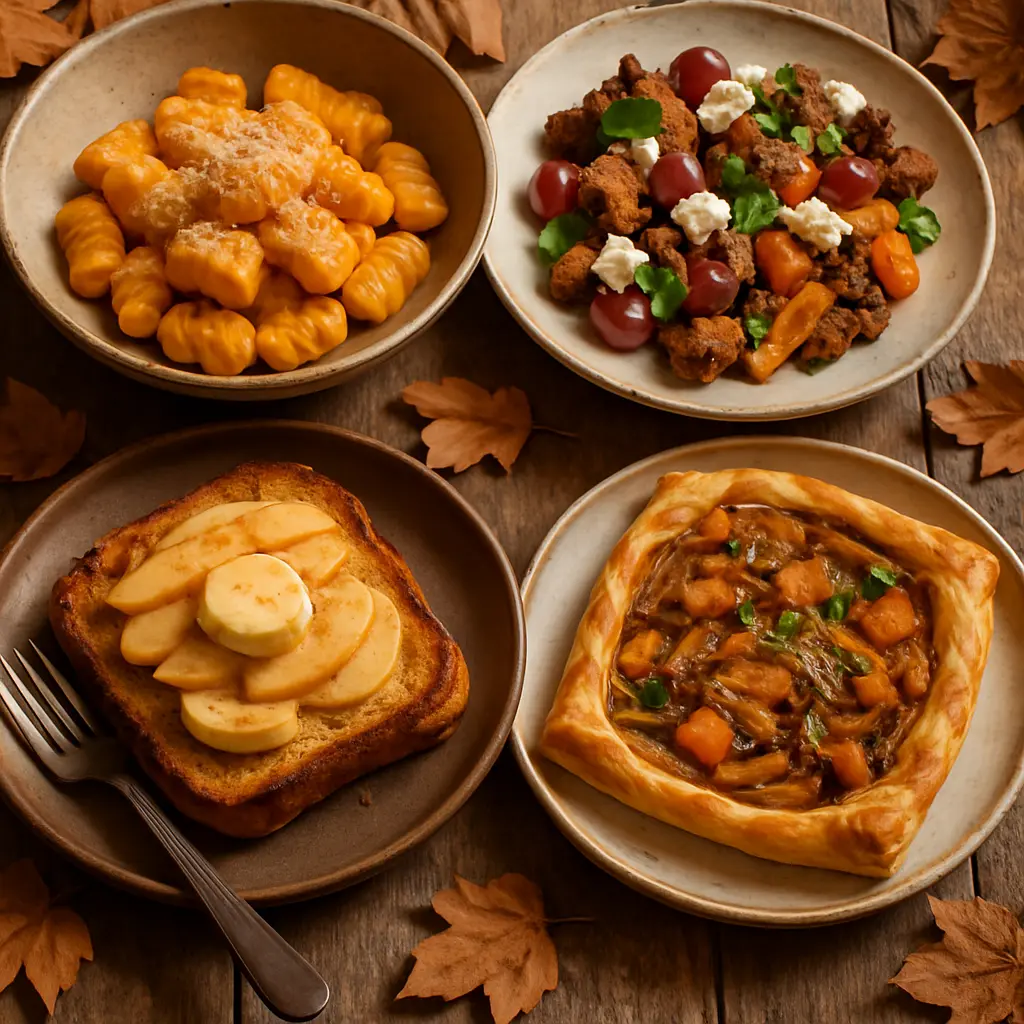
🍂 Cozy Autumn Leftover Cooking – Comfort dishes made from what's available
When the rain taps on the window and the tea cup becomes a permanent guest, the most beautiful kitchen time of the year begins: autumn. And what could be a better match than stylish leftover cooking – dishes that are not only sustainable but also truly exciting.
Autumn leftover cooking means: use instead of waste, but with a touch of sophistication. Here are some more unusual ideas to turn leftovers into small culinary highlights.
🧀 1. Pumpkin Gnocchi from leftover roasted vegetables
Do you have some leftover roasted pumpkin or sweet potato from the day before? Perfect!
Mash the vegetables, mix them with some flour, salt, and grated Parmesan, shape them into small gnocchi, and briefly cook them in salted water until they float to the surface. Then toss them in sage butter and top with chopped walnuts.
→ Tastes like Italy, looks like fine dining – and it's all made from leftovers!
🥖 2. Rustic bread salad with grapes and goat cheese
Tear stale bread into pieces, toast in olive oil until golden brown.
Add a few grapes (wrinkled ones are especially sweet), arugula or lamb's lettuce, crumbled goat cheese, and roasted hazelnuts. Mix with a dressing of balsamic vinegar, honey, and mustard.
→ A fall twist on the classic Panzanella – sweet, salty, crunchy, perfect!
🧅 3. French onion tart with leftover vegetables and puff pastry
Got some leftover puff pastry in the fridge? Make a tart out of it!
Caramelize onions in butter, add some leftover vegetables (e.g., leeks, mushrooms, or spinach). Spread on the pastry, top with a dollop of sour cream or cream cheese, and bake until golden brown.
→ Wonderfully aromatic, especially with thyme or rosemary.
🍎 4. Apple Sourdough French Toast with Vanilla Rum Butter
A piece of stale sourdough bread is soaked in a mixture of milk, egg, vanilla, and a dash of rum, fried in a pan, and served with fried apple slices and a rum butter.
→ Luxurious, yet made entirely from leftovers – perfect for a Sunday breakfast in pajamas.
🥬 5. Risotto made from leftover vegetables with lemon and herb oil
Chop the vegetable scraps finely and cook with a handful of rice into a creamy risotto.
A dash of lemon juice and some leftover herbs (parsley, basil, arugula) blended with oil make a fresh herb oil as a topping.
→ The acidity of the lemon beautifully enhances the earthy autumnal notes.
☕️ Bonus Tip: Using leftovers in a dessert glass
A few spoons of leftover compote?
Some leftover cake or cookies?
Layer it all with yogurt or mascarpone in a glass – and you have an autumnal "trifle" that looks like it came straight from a café in Copenhagen.
🍁 Conclusion
Autumnal leftover cooking is not a last resort, but a playground for creativity. When you look at ingredients with open eyes – not as leftovers, but as opportunities – small, exquisite dishes full of soul and flavor emerge.
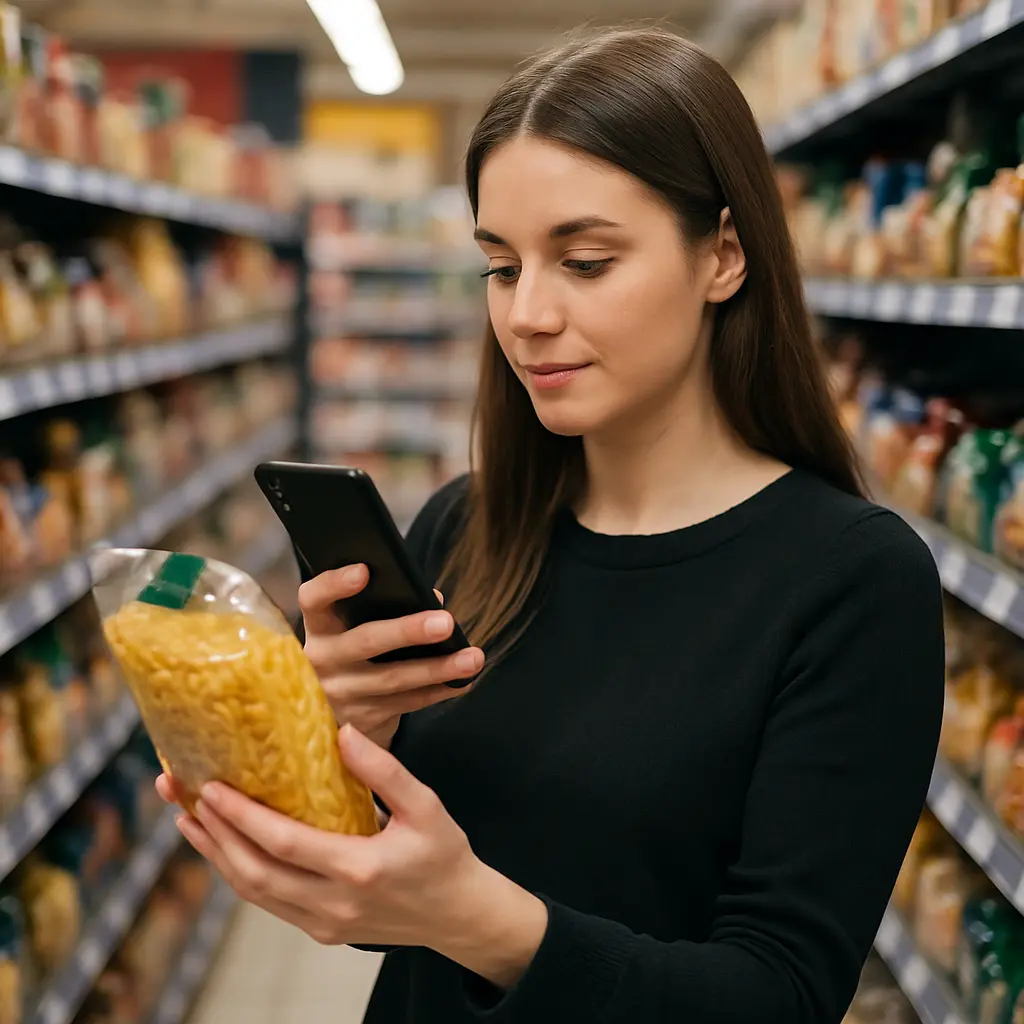
Why we never stop refining Smantry ✨
At Smantry, we don't believe in 'finished'.
An app that is meant to accompany people in their daily lives is never complete – it grows, changes, and evolves. Just like the people who use it. 💛
We regularly pay attention to every detail:
How does a click feel? Is the path to a function clear enough? Does the idea behind a new view come across intuitively?
Sometimes it's just tiny things that make the difference – a better-placed button, a simplified overview, or a sentence that suddenly becomes clearer.
What drives us is the idea that Smantry should feel easy, familiar, and meaningful.
We want you to open the app and feel: "Ah, this is exactly how it should work."
Of course, not everything always goes perfectly. But that's exactly the point: We take the time to listen, to observe, to reconsider. Every piece of feedback, every use case, every new idea helps us to understand a little better what really matters.
Smantry is not a rigid product for us – it's a living process. A collaborative project that grows step by step.
And every update, every small improvement is a sign that we are on the right track:
A path to an app that doesn't feel like technology, but like support.
Towards a daily life that becomes simpler. Towards clarity, structure – and maybe even a bit of ease. 🌿
We're staying on it.
Because we are convinced that good things take time – and that it's worth creating them with heart.
Your
Smantry-Team
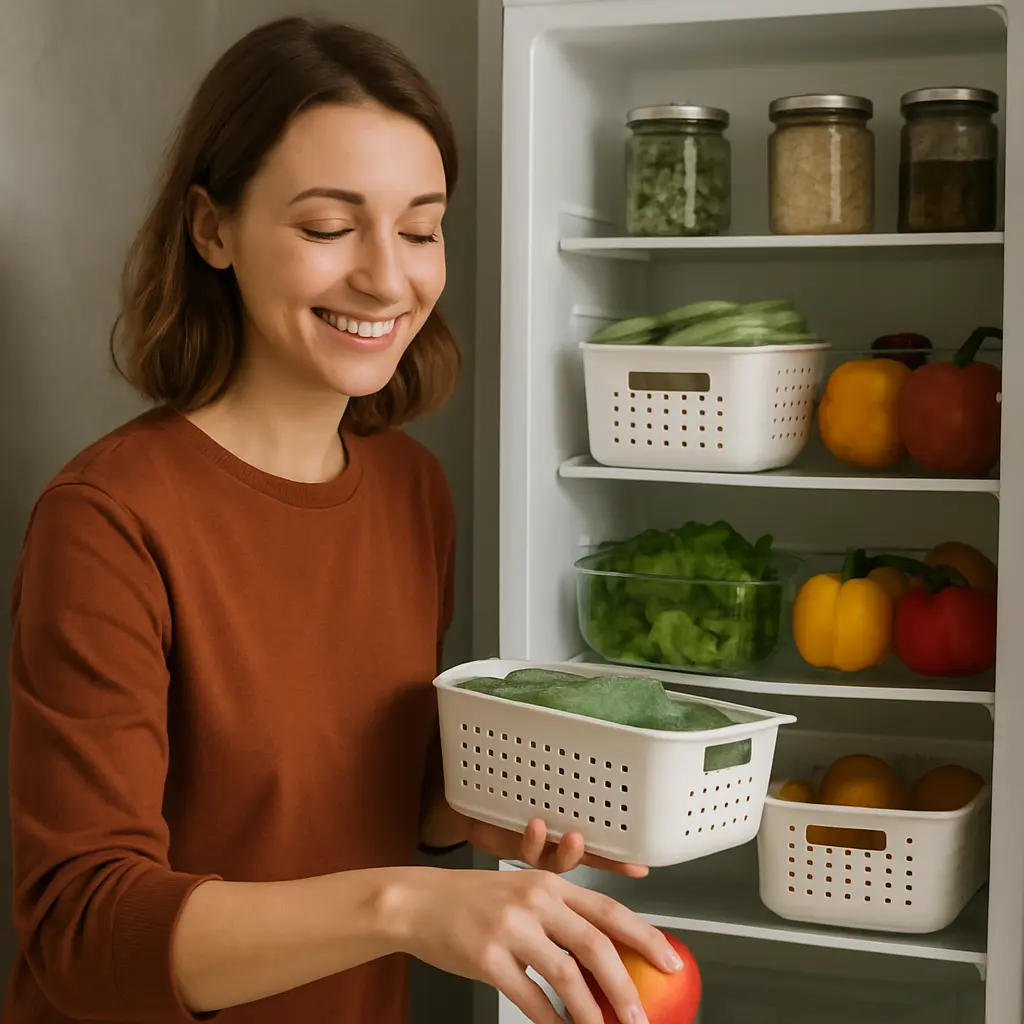
🌱 Staying on track made easy: How to stay motivated to create order and avoid food waste
We all know it: Initially, the motivation is high! You finally want to get your kitchen organized, keep an eye on your supplies, and shop more consciously. But after a few weeks, everyday life creeps back in – and the good resolutions start to falter.
With Smantry we want to support you not only in getting started, but also in sticking with it in the long term. 💪✨
1. Be aware of why you are doing this
Order and sustainability are not short-term trends – they grant you freedom, time, and a good feeling. If you know why you want to keep your supplies in check or throw away less food, it becomes much easier to stay consistent.
👉 Tip: Write down your 'why' in the app note or as a reminder.
2. Set small, achievable goals
Nobody becomes an organizing pro overnight. Start small:
- Today I'm just organizing the spice rack.
- Check the fridge this week.
- On your next shopping trip, purposefully buy only what you really need.
Small steps lead to success – and success motivates!
3. Make it easy for yourself – with smart helpers
Smantry automatically reminds you of expiring products, helps you keep track of your inventory, and assists you with shopping. This way, you have to think less and can enjoy more.
👉 The less effort required, the easier it is to stick with it!
4. Celebrate your progress 🎉
Creating order or avoiding waste is a process, not a sprint. Regularly review what you have already accomplished – you may already see that you need to throw away less or that your supply is finally manageable. That's great!
5. Make it part of your routine
Schedule fixed 'Smantry moments': for example, briefly check the inventory on Sundays or update the shopping list before going shopping. Routines provide structure and make sustainable actions a matter of course.
💚 Conclusion:
Motivation is not a perpetual flame – but with the right tools and habits, you can reignite it time and again.
With Smantry, you have a smart companion by your side that helps you stay organized, consume more consciously, and incidentally do something good for yourself and the environment.
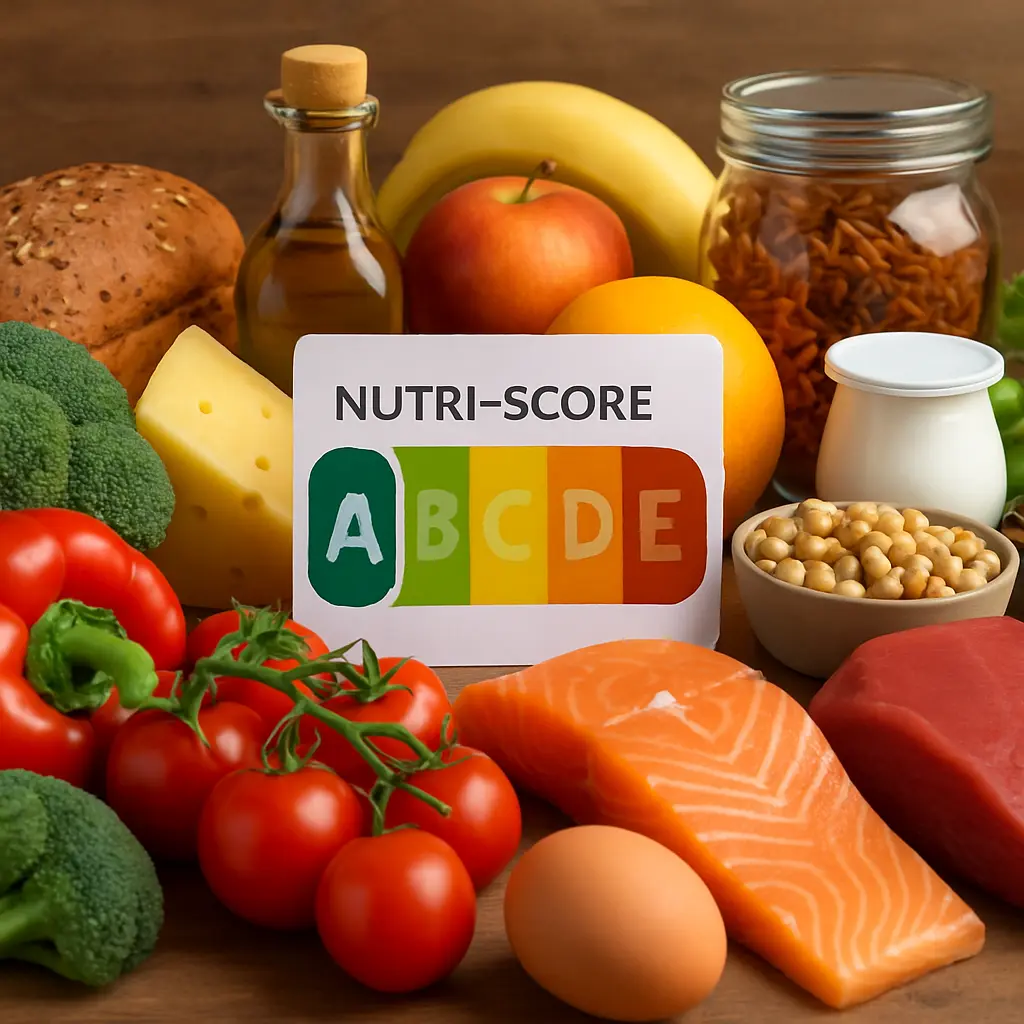
More clarity when shopping: How Open Food Facts and the Smantry app make nutrition transparent
Many foods look healthy at first glance – but what's really inside them? Are the nutritional values balanced? How processed is a product? And what impact does it have on our environment?
This is exactly where the Smantry-App comes in: It uses the globally open database Open Food Facts, to give you immediate clarity when scanning your items. But what's actually behind the colorful labels like Nutri-Score, NOVA or Eco-Score, that you encounter in the app?
Let's take a closer look at the background.
Open Food Facts: From the Idea to a Global Database
The journey began in 2012 with the founding of Open Food Facts – a non-profit organization that collects, analyzes, and makes food information freely accessible worldwide. The goal from the beginning was to provide consumers with scientifically substantiated information.
What started as a small project has now become a global platform with millions of products. And it is precisely this data that the Smantry-App uses to give you a clear overview directly on your smartphone.
An overview of the most important scores
1. Nutri-Score – how healthy is my product?
Since 2016, the Nutri-Score has been legally established in France – and it has quickly spread throughout Europe.
- A (green) means: very balanced.
- E (red) means: unbalanced, enjoy in moderation.
The rating is based on calories, sugar, salt, saturated fats – but also on positive factors such as fiber, protein, and the proportion of vegetables.
👉 So in the Smantry app, you can see at a glance whether a food item fits into your everyday life – or perhaps should be on the table less often.
2. NOVA-Score – how processed is it?
Not only the ingredients, but also the degree of processing plays a significant role for health. This is exactly what the NOVA-Score (integrated into Open Food Facts since 2018) shows you:
- 1 = unprocessed or minimally processed (e.g., fresh fruit, plain yogurt)
- 2 = ingredients such as vegetable oils, sugar, flour
- 3 = processed foods (e.g., bread, cheese, canned goods)
- 4 = highly processed products ("Ultra-Processed Food"), often with additives, flavors, and industrial processes
👉 With the Smantry app, you can instantly tell if a product is still 'close to nature' – or if it falls into the category of being highly processed.
3. Eco-Score (soon to be Green-Score) – how sustainable is my shopping?
Since 2019, Open Food Facts also includes an environmental assessment: the Eco-Score. It takes into account, among other things:
- CO₂ emissions from production and transportation,
- Packaging and recyclability,
- Origin and seasonal factors.
The rating is – similar to the Nutri-Score – from A (very eco-friendly) to E (less sustainable).
By 2025, this will become the Green-Score, which will take into account even more detailed data and thus provide you with even better guidance for sustainable consumption.
👉 For you in the Smantry app, this means: You can see not only whether a food is healthy for you, but also whether it is good for our planet.
What this means for you as a Smantry user
Currently, you can scan your products in the Smantry-App and view many details. The scores themselves are not yet integrated – but the integration is planned.
This means: Soon you will be able to see not only the nutritional values of a product but also how healthy, processed, or sustainable it is – all directly in your app.
Conclusion: Your Smart Nutrition Compass
The colorful labels are much more than pretty symbols. They are your quick compass in everyday life – whether you want to shop with health consciousness, reduce highly processed products, or pay attention to the environment.
With the Smantry-App you already have strong support for more transparency while shopping. And with the planned integration of the scores, it will become even more valuable – your smart nutritional compass for the future.
